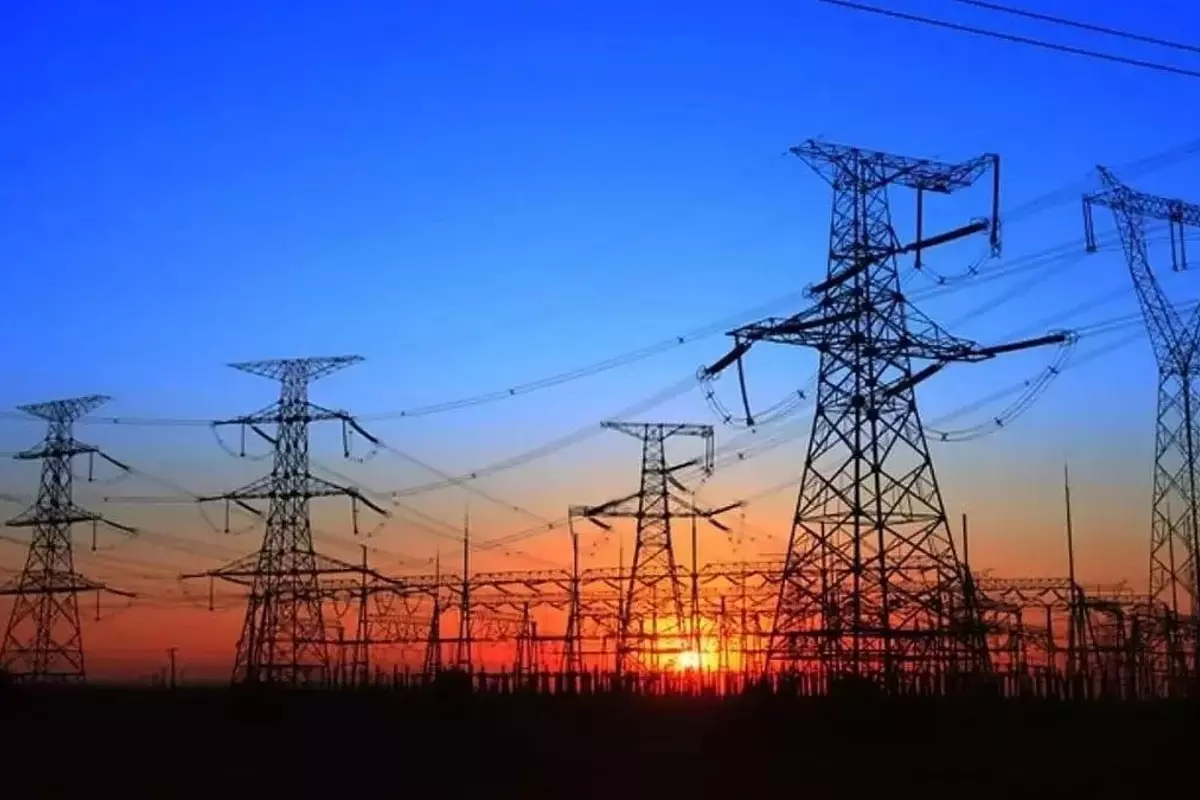
India’s power consumption increased by over 8% to approximately 847 billion units (BU) in the first half of this fiscal year, from April to September, indicating an increase in economic activity in the country.
According to official figures, electricity consumption increased to approximately 847 BU between April and September 2023, up from 786 BU during the same time in the previous fiscal year.
Industry experts noted that the extensive unseasonal rain in April, May, and June impacted electricity usage, which could have increased by double digits in the country.
They added that due to exceptionally high humidity levels, which increased the usage of cooling appliances such as fans, coolers, and air conditioners, there was a robust recovery of power demand as well as consumption beginning in August.
They also stated that power usage increased in August and September, owing primarily to humid weather conditions and that industrial activity increased in anticipation of the holiday season.
Peak power demand reached a record high of 241 GW from April to September 2023, up from 215.88 GW in the first half of fiscal 2022-23.
During the summer, the power ministry predicted that the country’s electricity demand would reach 229 GW. Due to unseasonal rain, demand did not reach the predicted level in April-July.
Peak electricity demand, on the other hand, reached a new record of 224.1 GW in June before falling to 209.03 GW in July. Peak electricity demand in August was 238.19 GW, with a record high of almost 240 GW in September of this year.
With a peak power demand of 229 GW expected in the country during the summer season in 2023, the ministry has taken numerous precautions to minimize interruptions.
To ensure an adequate supply of power in the country, the ministry invoked Section 11 of the Electricity Act 2023, which requires all facilities powered by imported coal to operate at full capacity.
Furthermore, the ministry directed domestic coal-fired power plants to import coal for blending in order to avoid a dry fuel scarcity.
According to experts, while these policies may have boosted coal imports into the country, they were vital to secure the country’s round-the-clock electricity supply.
As per the latest Central Electricity Authority (CEA) report for August 2023, India has installed 424 GW of power generation capacity, including 206 GW of coal-based capacity, 47 GW of large hydro, and around 132 GW of renewables (solar, wind energy, and so on).
Also read: Strong Afghanistan Earthquake Kills Over 1,000, Rescuers Work Nights
To read more such news, download Bharat Express news apps




















